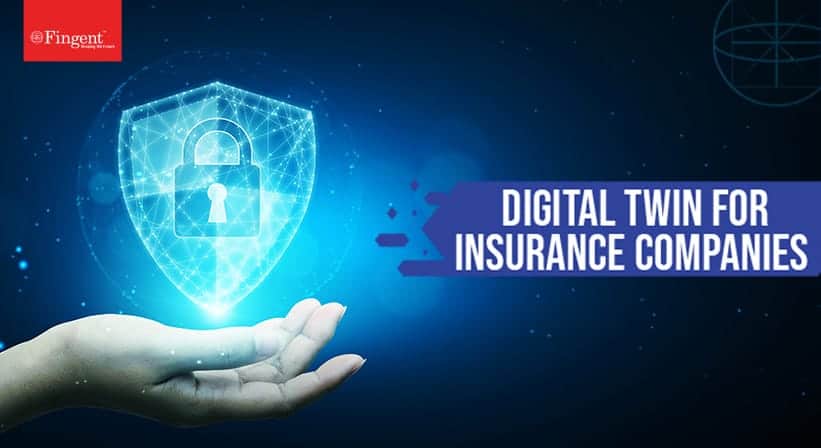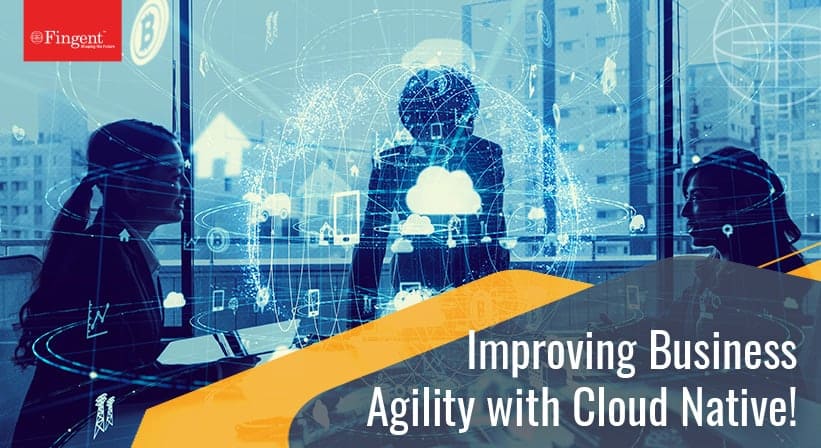From Remote Work to Virtual Work, 5G is Reinventing the Way We Work
5G and the World of Work – An Overview
- COVID-19 to act as a Catalyst
- Remote Work: Story so far & Roadblocks
- 5G to the Rescue
- Impact on Video Conferences
- Impact on AR and VR
- Improved VR Training with 5G
- Improved AR Training with 5G
- Other ways in which day-to-day work will be different with 5G
- Real-world example
- Security and other concerns for 5G
COVID-19 to act as a Catalyst
Did you realize? The working world is evolving, forcing organizations to think and act differently. Nothing happens without a trigger. In most cases, these triggers are trends.
What are these trends? Globalization, Mobility, Changing Demographics, and Technology are a few to mention.
If we focus on Technology alone; Big Data, Collaboration Tools, Wearable Devices, IoT, Cloud Computing, and 5G are some of the recent trends. This blog will take you through how 5G is enabling organizations to Reimagine and Rethink the way they work and how 5G is solving a lot of tech headaches.
It was already predicted that an economic recession will spur investments in technology. The owners and CEOs will need to find alternate ways to increase efficiency, drive revenue, and meet customer needs. Remote work is one such measure companies are adopting to make it work. As firms worldwide embrace remote work in the wake of COVID-19, we expect remote working culture to be the next trend.
Remote Work: Story so far & Roadblocks
In fact, remote work culture was one of the most defining tech trends of the past decade. The report by GetApp found that remote work expanded by nearly 400%. Quoting the report “The rise of remote work during the last decade has been driven by the proliferation of powerful mobile devices, ultra-fast internet connections, and the pervasiveness of cloud-based storage and SaaS solutions.”
With all the above-said factors which enhanced the adoption and acceptance of remote work culture, companies also faced a lot of tech headaches in implementing it properly. The shoddy WiFi network will lead to the slowdown of internet speed, digital distractions, inefficient communication, poor video calls, heavy buffering, etc. Besides, in-person sociability or daily face to face interaction is a major factor that boosts employee productivity.
5G to the Rescue
To accelerate business capabilities, 5G is addressing the fundamental needs such as:
- Connecting more devices faster than it is now
- Reduce the lag time between devices
- Enabling the bulk volume of data transmission from a large number of devices with better responsiveness
- Higher bandwidth & lower latency
The above concerns can be addressed once 5G is implemented. Thus, 5G is going to reinvent the way people are working from home and the above factors enable 5G to host new business applications.
The current internet revolution makes it possible to work remotely without many disruptions, but 5G will enable VIRTUAL WORKING.
Let us look at the changes it will bring to different work functions:
5G will augment changes in remote work, virtual meetings, hiring, training, or other work functions.
According to the Consumer Technology Association, once complete, 5G will be 100 times faster and 5 times more responsive than today’s networks. Download speed of 20 gigabits-per-second means 5G will enable more specialized tasks at the workplace like:
- Hold remote meetings in virtual spaces, remote trouble shootings, remote business meetings, thus saving the operational cost
- Interactive digital whiteboards – 5G enables transmitting a lot of data in a very fast and responsive way and thus digital displays will be able to interact with mobile devices, applications, and cameras.
- Virtual and augmented reality – With 5G, it will provide more immersive & interactive content experience, to make it as fully-realized collaborative technology.
- 5G will enhance highly data-intensive services Multiperson video conferencing.
- 5G will empower IoT by allowing real-time collaboration between employees and things
- Real-time cloud processing will be easier with 5G as the speed and processing capabilities increase. It will boost productivity. How 5G Will Boost Enterprise Investment In Cloud
Read more: How 5G Will Boost Enterprise Investment In Cloud
Impact on Video Conferences
It seems that the combination of 5G and increased remote work will lead to more video conferences. This may be a piece of welcome news to people who have suffered through meetings, whether it was due to video freezing up, or forgetting to put the mute button on before making an awkward comment. 5G is all set to eliminate these deficiencies. Let’s see how:
- Speed: As mentioned above, 5G will be 100 times faster and five times more responsive than today’s networks. The increase in speed can improve streaming speed, download speed, video calls, and conferences with much more ease. More devices can work much more quickly and simultaneously with 5G.
- Bandwidth: The increased bandwidth, which is approximately allowing for 1,000 devices per meter on a connection will boost the network speed and fewer dropped connections. 5G bandwidths are projected to be 10 times higher than 4G LTE.
- Video Quality: Better speed and bandwidth can facilitate calls in HD and 3D without lag, latency and other interruptions
- Mobility: Mobility is one of the underrated advantages of 5G, one can easily connect with their partners, stakeholders, and colleagues via video, anytime, and anywhere. This is possible because 5G relies on higher frequency radio bands. The frequency of 5G ranges from 30GHz to 300GHz while 4G operates at 6GHz. It is a massive improvement.
Impact on AR and VR
5G can improve virtual meetings with the help of Virtual Reality and Augmented Reality. With 5G remote meetings could be held in virtual spaces. What would this look like? Each participant could be at home but feel like they are sitting around a table with the other participants, thus making use of VR technology. Also, new capabilities like digital whiteboards would also be available.
AR augments elements and other things in the real-world environment, whereas the task of VR is to immerse users fully in a virtual environment. The objective here is to manipulate and trick the minds of employees to feel and enjoy the immersive experiences. Although VR & AR is in use now with 4G, it hasn’t attained it’s full potential yet. AR and VR solely rely on network connectivity. Any disturbance in the connectivity will result in an unsatisfactory and unpleasant customer experience. By offering rich levels of computing power, 5G can take it to the next level.
For example, the NBA has tried weekly broadcasts in virtual reality (VR). It was providing viewers with a chance to see the action from the best seats anywhere in the house. However, due to blurred pictures being reported, the VR broadcast was turned down. But with 5G this problem can be solved.
Improved VR Training with 5G
The limitation of 4G when it comes to the application in VR is already proven. With 5G and it’s better bandwidth and speed, VR training will be much smoother and effective. 5G will help unlock the full potential of VR by causing a 10X decrease in latency. In VR, users will lose interest when the latency is over 20 ms. 5G guarantees a latency of sub-5 or sub-2 ms latency, which will provide an amazing user experience. As VR is all about immersion – feeling like you are in the virtual environment – this is incredibly important. For VR head-mounted displays (HMDS), currently, it requires a powerful PC to run them, which limits the application and enjoyment of VR to a certain location. Implementing 5G will push the power consumption, storage, and processing power away from the PC and will push into the edge cloud.
Read more: Virtual Reality: The Revolutionary Force
Improved AR Training with 5G
AR is highly data-intensive – even a minute of AR will consume 33 times more traffic than one minute of a 480p video, so you can see the impact 5G is going to have on AR. One peculiar thing about AR is that it expands on human potential, allowing people and machines to function better together in a collaboration that what they both could do alone. AR superimposes digital information, enhancing the real world we see, offers additional information that improves the comprehension.
Imagine the conceptualized design of a product you are going to build printed in a piece of paper, and imagine you are seeing that product right in front of you, appreciating all the specifics, and realizing what it would look like in real life, this is the difference between AR training and traditional training. AR aids point-of-need visual learning in real-time. AR training organizations can enhance the experience of training around the existing data and information.
Organizations can train their employees and partners more effectively using AR. AR provides a highly visual and interactive format that is far better than normal text and video approaches. For example, imagine a SAAS platform or an Office Collaboration Software that enables employees to scan the product and receive direct training in a highly immersive experience. This will further increase productivity, reduce the time, and provide better flexibility.
Read more: How Top Brands Embrace Augmented Reality for Immersive Customer Experiences
Other ways in which day-to-day work will differ with 5G
Remote work was made feasible by high-speed broadband internet, video conferencing, and other technologies, thanks to the increase in communication speed. Now, the next challenge is simulating the collaboration and co-worker interactions of the traditional workplace. That’s where holographic calls come into the picture. It is possible through remote meetings that could be held in virtual spaces with the help of 5G. The holographic calls show us a 3D projection with the help of 5G. This is one such example of how day-to-day work will be different from 5G.
A holographic call allows companies to organize meetings in a shared holographic workspace. Participants can share the content, both 3D and 2D within this workspace. It will be visible to all other colleagues or clients attending the meeting.
It is also possible for anyone to interact with each other differently, like in the real world. Suppose, If a person decides to roam around the workspace, which is shared, their avatar, the disembodied version of their head and shoulders will move as well. Such movements are visible to everyone except the same person.
For digital whiteboards, 5G can further enhance connecting a large number of IoT devices from movement sensors to smart printers to usher the workspace environment to go digital.
Real-world example
Volvo Car is using HoloLens to demonstrate the extensive safety features of their cars to clients. The technology helps educate clients, close sales, and ultimately places the emphasis on safety, the key element of Volvo’s brand.
Read More: 5G Network Vehicle Safety and Security
Security and other concerns for 5G
Even though 5G offers huge potential for businesses around the world, it seems the technology is much more complex when it comes to security concerns.
- 5G will enhance location tracking and personal data collection. Since 5G signals are short-range, it requires more cell towers covering a much smaller area. It means they know your exact location which is a piece of sensitive information.
- As per a research study by Purdue University & the University of Iowa, 5G inherits many security policies and subprotocols from its predecessors, which are more error-prone and thus raise privacy and other security concerns.
To summarize, 5G is enabling us to work in new ways while keeping us more engaged and enhancing productivity. The role of technology is shifting from being a luxury to a necessity by acting as a central nervous system for the organization, and 5G is one among them. Thus, the world of work is changing rapidly and the organizations have to adapt. Is your organization ready for the 5G revolution? Get in touch with our experts today and know how your company can embrace the benefits of 5G.
Stay up to date on what's new

Recommended Posts
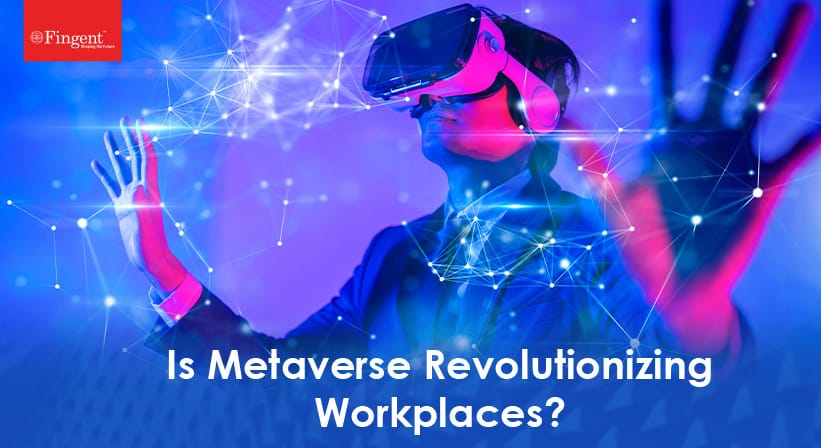
28 Dec 2021 Education Healthcare B2B
Metaverse And The Future Of Work: What You Need To Know
Introduction A Brief History Of Metaverse A Simple Definition Of Metaverse Metaverse And The Future Of Work Metaverse Applications In Our Work World Potential Concerns Around Metaverse Metaverse: What Lies……
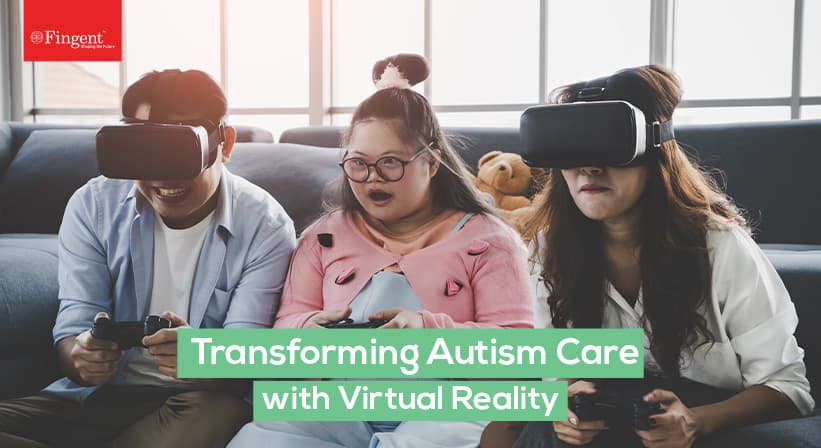
17 Nov 2021 Education Healthcare
Benefits of Virtual Reality to People with Autism
According to a study by Autism Speak and the CDC, 1 in 59 children in the U.S has autism. While children and adults with autism have verbal, behavioral, and social……
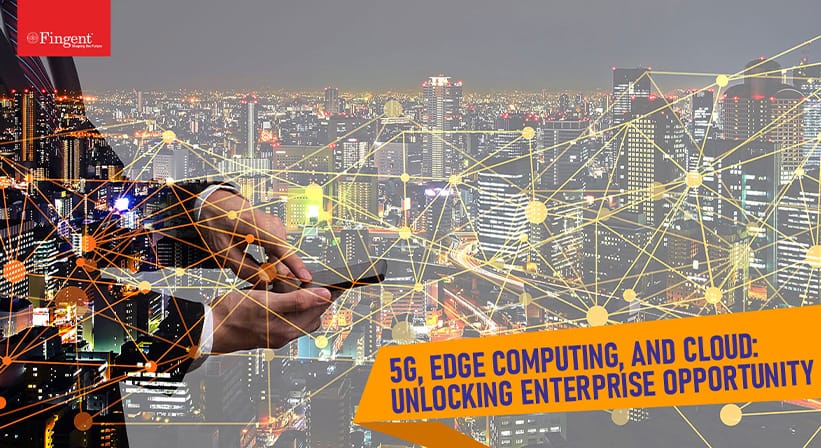
28 Sep 2021
Future Proof Your Business With 5G, Edge Computing, And Cloud!
Everyone in the manufacturing world faces the fear of going bust if they do not adopt digital transformation. That is a given and yet we can all agree that digital……
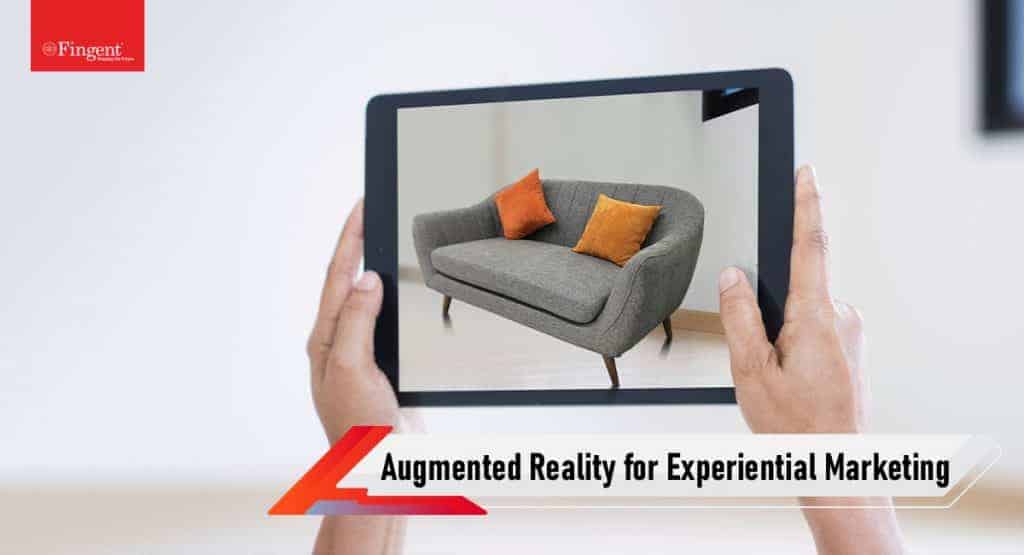
27 Aug 2021 Retail Healthcare
7 Ways Augmented Reality Will Transform Experiential Marketing
Building Ground-breaking Customer Experiences With Augmented Reality For the unversed, experiential marketing is a unique and effective way to build brand awareness through face-to-face connections with consumers. Unlike traditional or……
Featured Blogs
Stay up to date on
what's new








